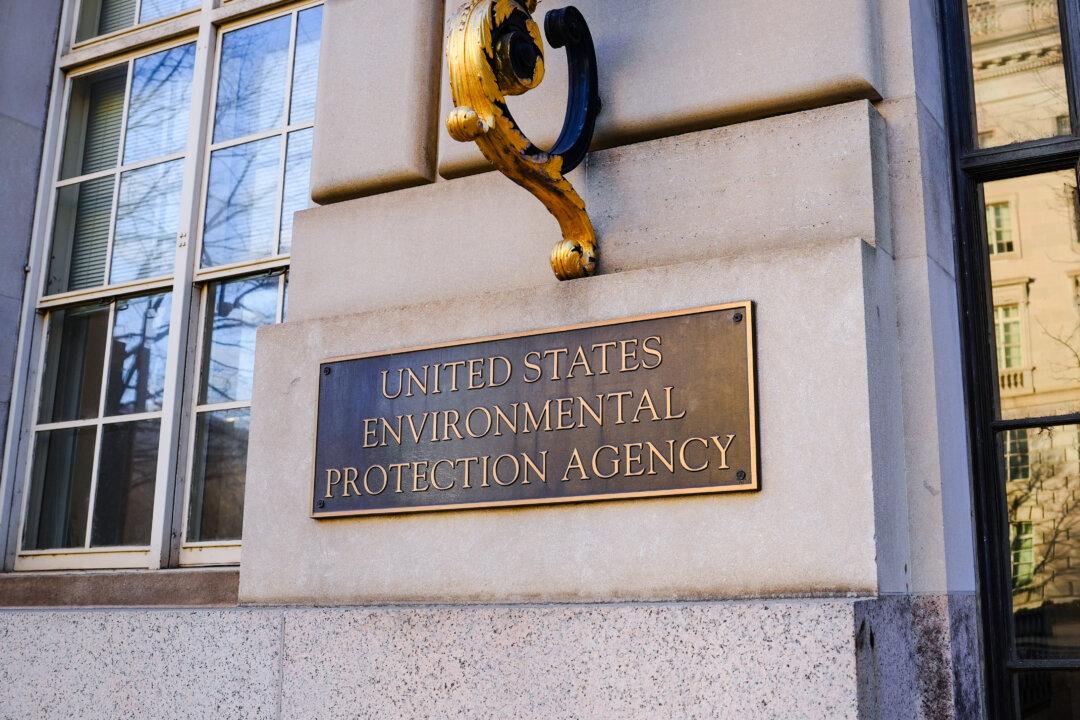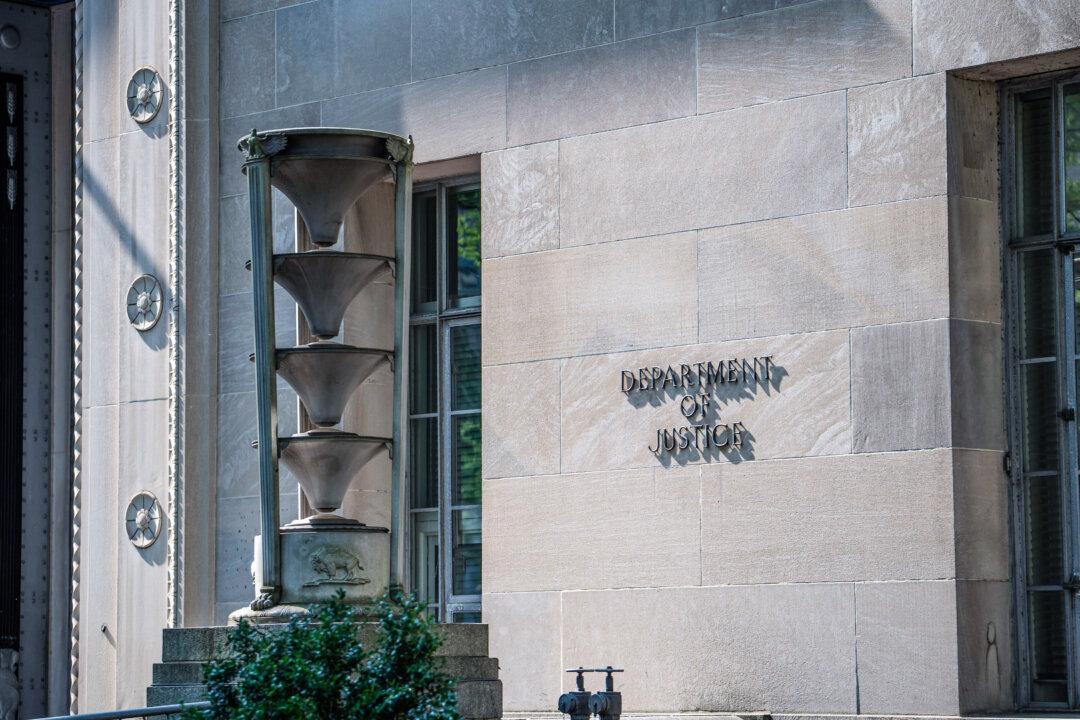The U.S. Environmental Protection Agency (EPA) has proposed a rule to bring two counties in Texas into compliance with sulfur dioxide (SO2) emission standards.
In 2022, Texas submitted an SIP for Rusk and Panola counties deeming them “nonattainment areas” or regions that do not comply with the SO2 emission standards. The agency determined that Texas’s SIP carried deficiencies that prevented approval.
Specifically, the issue concerns the Martin Lake Power Plant in Tatum. In 2016, the EPA had designated portions of Rusk and Panola counties surrounding the power plant as failing the S02 emission standard.
The Texas Commission on Environmental Quality has an agreement with the plant that sets emission limits for the facility. However, the pact includes a “force majeure” provision that could potentially allow the power plant to be in noncompliance.
A “force majeure” clause limits liability for an event or effect that cannot be reasonably anticipated or controlled.
The EPA’s proposed FIP incorporates the “same proposed emissions limitations” as put forward by Texas but without the “force majeure” provision.
According to the proposal, SO2 emission limits will be set for three electric generating facility boiler units at the plant.
“To determine compliance with these limits, the owner or operator would be required to maintain and continuously operate an SO2 continuous emission monitoring system,” the EPA said.
In addition, limits would be set for two auxiliary boilers.







